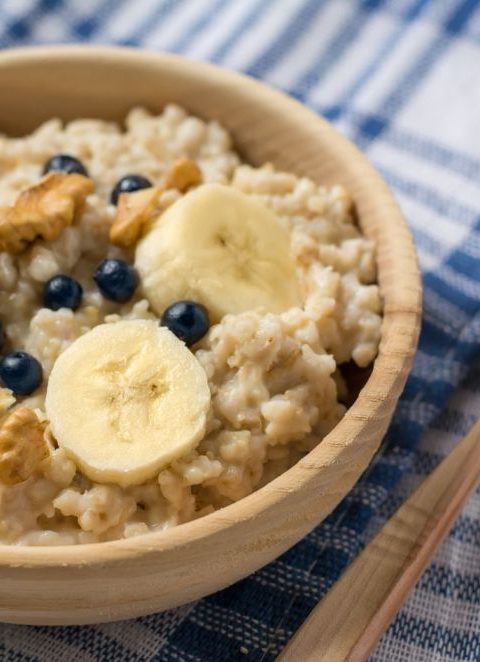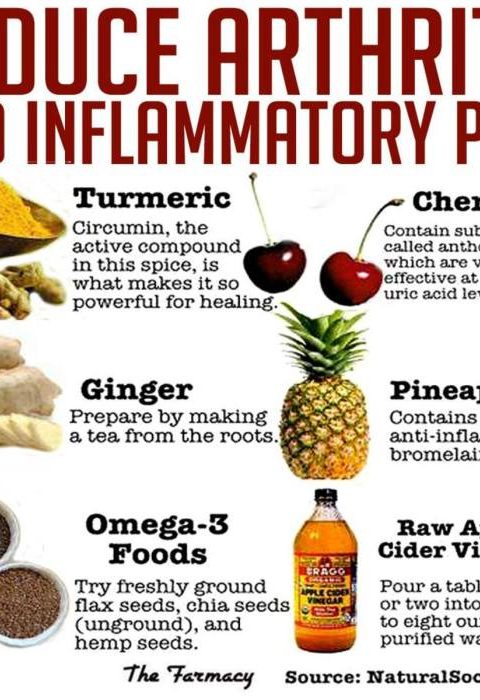Ingredient Analysis of Crumbl Cookies

Crumbl cookie nutrition facts – Crumbl Cookies’ popularity stems from their large size and variety of unique flavors. However, understanding the ingredients and their nutritional impact is crucial for making informed choices. This analysis will examine common ingredients, compare ingredient lists across different flavors, and highlight potential allergens.
The main ingredients in most Crumbl cookies include flour (usually all-purpose), butter or other fats (like shortening or oil), sugar (granulated, brown, or powdered), eggs, leavening agents (baking soda and/or baking powder), and vanilla extract. These foundational ingredients contribute significantly to the cookies’ texture, flavor, and overall caloric content. The high sugar and fat content contributes to their rich taste but also makes them relatively high in calories and saturated fat.
The type and quantity of these ingredients vary depending on the specific flavor profile.
Comparison of Ingredient Lists Across Flavors, Crumbl cookie nutrition facts
Significant differences in ingredient lists arise from the unique flavor profiles of each Crumbl cookie. For example, a chocolate chip cookie will primarily list flour, butter, sugar, chocolate chips, and eggs. In contrast, a more complex flavor like a “Snickerdoodle” cookie might include cinnamon, cream of tartar, and potentially additional spices. A cookie featuring fresh fruit will naturally contain that fruit as a significant ingredient, changing the nutritional profile accordingly.
The addition of nuts, candies, or other inclusions also dramatically impacts the nutritional composition, adding calories, fat, and potentially increasing protein content. These variations can lead to significant differences in calorie counts, fat content, and sugar levels between different flavors.
Potential Allergens and Labeling Practices
Crumbl Cookies, like many baked goods, contain several common allergens. These commonly include wheat (from flour), dairy (from butter, milk, or cream), eggs, nuts (depending on the specific flavor), and soy (potentially present in some flavorings or ingredients). Crumbl’s labeling practices should clearly indicate the presence of these allergens on the packaging or in readily available online information.
Consumers with allergies should always carefully check the ingredient list before consuming any Crumbl cookie to ensure it does not contain ingredients they must avoid. For example, a cookie containing pecans would clearly state “contains pecans” on its label. Similarly, a cookie using a dairy-based frosting would specify that it contains dairy.
Crumbl Cookies’ nutritional information varies widely depending on the flavor, but generally features high levels of sugar and fat. For a contrasting example, consider the nutritional profile of dairy products like half-and-half, which you can find detailed here: half and half nutrition facts. Understanding these differences helps in making informed choices regarding your overall dietary intake, especially when comparing the calorie and fat content of these very different treats.
Nutritional Comparison with Other Cookie Brands: Crumbl Cookie Nutrition Facts

Crumbl Cookies have gained significant popularity, but understanding their nutritional profile relative to competitors is crucial for informed consumer choices. This section compares Crumbl Cookies to other well-known brands, highlighting both their strengths and weaknesses in terms of calorie, fat, and sugar content. This allows for a more comprehensive understanding of the nutritional implications of choosing one brand over another.
Direct nutritional comparisons between cookie brands can be challenging due to variations in cookie size, ingredients, and specific flavors. However, by focusing on average values and similar cookie types, we can draw meaningful conclusions. Remember that individual cookie nutritional information may vary slightly depending on the specific flavor and baking batch.
Nutritional Data Comparison of Crumbl and Competitor Cookies
The following table presents a comparison of the average nutritional content of a Crumbl cookie against similar offerings from Insomnia Cookies and Levain Bakery. Note that these values represent averages based on available online information and may not reflect every single flavor or size variation. Always check the specific nutritional label for the exact cookie you are consuming.
| Cookie Brand | Average Calories per Cookie | Average Fat (grams) per Cookie | Average Sugar (grams) per Cookie |
|---|---|---|---|
| Crumbl Cookies | 350-450 | 15-25 | 25-35 |
| Insomnia Cookies | 300-400 | 12-20 | 20-30 |
| Levain Bakery | 400-500 | 20-30 | 30-40 |
This table suggests that Crumbl Cookies generally fall within the same range as its competitors in terms of calorie, fat, and sugar content. Levain Bakery cookies tend to be slightly higher in calories and fat, while Insomnia Cookies might offer slightly lower calorie and fat options on average. However, these are broad generalizations and individual cookie variations within each brand can significantly alter these figures.
Strengths and Weaknesses of Crumbl Cookies’ Nutritional Profile
While Crumbl Cookies are not significantly different from competitors in terms of overall macronutrient content, a key area for consideration is the ingredient quality and the variety of flavors offered. While high sugar and fat content is common across most cookie brands, Crumbl’s extensive menu provides a wide range of choices, potentially allowing for some degree of customization based on individual preferences.
A potential weakness is the lack of readily available nutritional information for every single flavor. This makes it difficult for consumers to make truly informed choices based on specific dietary needs or preferences. Increased transparency in nutritional labeling across all Crumbl cookie varieties would be beneficial for consumers.
Impact of Crumbl Cookie Consumption on Health
Crumbl Cookies, known for their large size and indulgent flavors, present a significant consideration regarding their impact on overall health. Regular consumption necessitates an understanding of the potential consequences stemming from their high sugar and calorie content. This section explores the potential effects of incorporating Crumbl Cookies into a regular diet, focusing on blood sugar, weight management, and associated health risks.The high sugar content in Crumbl Cookies is a primary concern.
These cookies are typically loaded with refined sugars, leading to rapid spikes in blood glucose levels. This can be particularly problematic for individuals with diabetes or those at risk of developing the condition. Furthermore, the high caloric density of these cookies contributes to overall energy intake, potentially leading to weight gain if consumption is not carefully balanced with other dietary choices and physical activity.
Blood Sugar Level Impact
The significant sugar content in a single Crumbl cookie can cause a rapid and substantial increase in blood glucose levels. This surge can trigger an insulin response, potentially leading to energy crashes and increased cravings later. For individuals with diabetes, this effect can be particularly detrimental, requiring careful monitoring and adjustment of medication or insulin regimens. Consistent consumption of Crumbl Cookies could lead to chronic hyperglycemia, increasing the risk of long-term complications associated with diabetes, such as heart disease, nerve damage, and kidney disease.
For individuals without diabetes, frequent consumption can contribute to insulin resistance over time, increasing the risk of developing type 2 diabetes.
Weight Management Impact
The high caloric density of Crumbl Cookies, combined with their appealing taste and large portion size, can contribute to weight gain if consumed regularly without mindful consideration of overall calorie intake. A single cookie often contains several hundred calories, significantly impacting daily energy balance. This is further compounded by the fact that these cookies are often consumed as a treat, meaning they add to, rather than replace, other food items in a person’s diet.
For example, consuming one Crumbl cookie daily alongside a generally balanced diet could lead to an excess of 500-700 calories per week, potentially resulting in a weight gain of approximately one pound per month.
Potential Risks of Excessive Consumption
Excessive Crumbl cookie consumption is associated with several potential health risks. It’s crucial to understand these risks to make informed choices about consumption.
- Weight Gain and Obesity: The high calorie and sugar content contributes to excess calorie intake, leading to weight gain and potentially obesity, increasing the risk of various health problems.
- Type 2 Diabetes: Regular consumption can contribute to insulin resistance and increase the risk of developing type 2 diabetes.
- Cardiovascular Disease: High sugar intake is linked to increased risk factors for cardiovascular disease, including high blood pressure and elevated cholesterol levels.
- Dental Problems: The high sugar content promotes tooth decay and cavities.
- Nutrient Deficiencies: Frequent consumption of Crumbl Cookies may displace nutrient-rich foods from the diet, potentially leading to nutrient deficiencies.
Frequently Asked Questions
Are Crumbl Cookies gluten-free?
No, Crumbl Cookies are not inherently gluten-free. Their recipes typically contain wheat flour.
What are the best Crumbl cookie options for someone watching their sugar intake?
While all Crumbl Cookies are high in sugar, those with less added sugar in the recipe (like some milk chocolate chip varieties) might be comparatively better options. However, always check the nutritional information for specific sugar content.
Do Crumbl Cookies contain nuts?
Many Crumbl cookie flavors contain nuts or nut products. Always check the ingredient list for specific allergens, as this varies by flavor and potential cross-contamination.
How many calories are in an average Crumbl cookie?
The calorie count varies significantly depending on the flavor and size, but generally ranges from 300 to 500 calories per cookie.
Where can I find the most up-to-date nutritional information for Crumbl Cookies?
The most accurate and up-to-date nutritional information can typically be found on the Crumbl Cookies website or by contacting the bakery directly.




